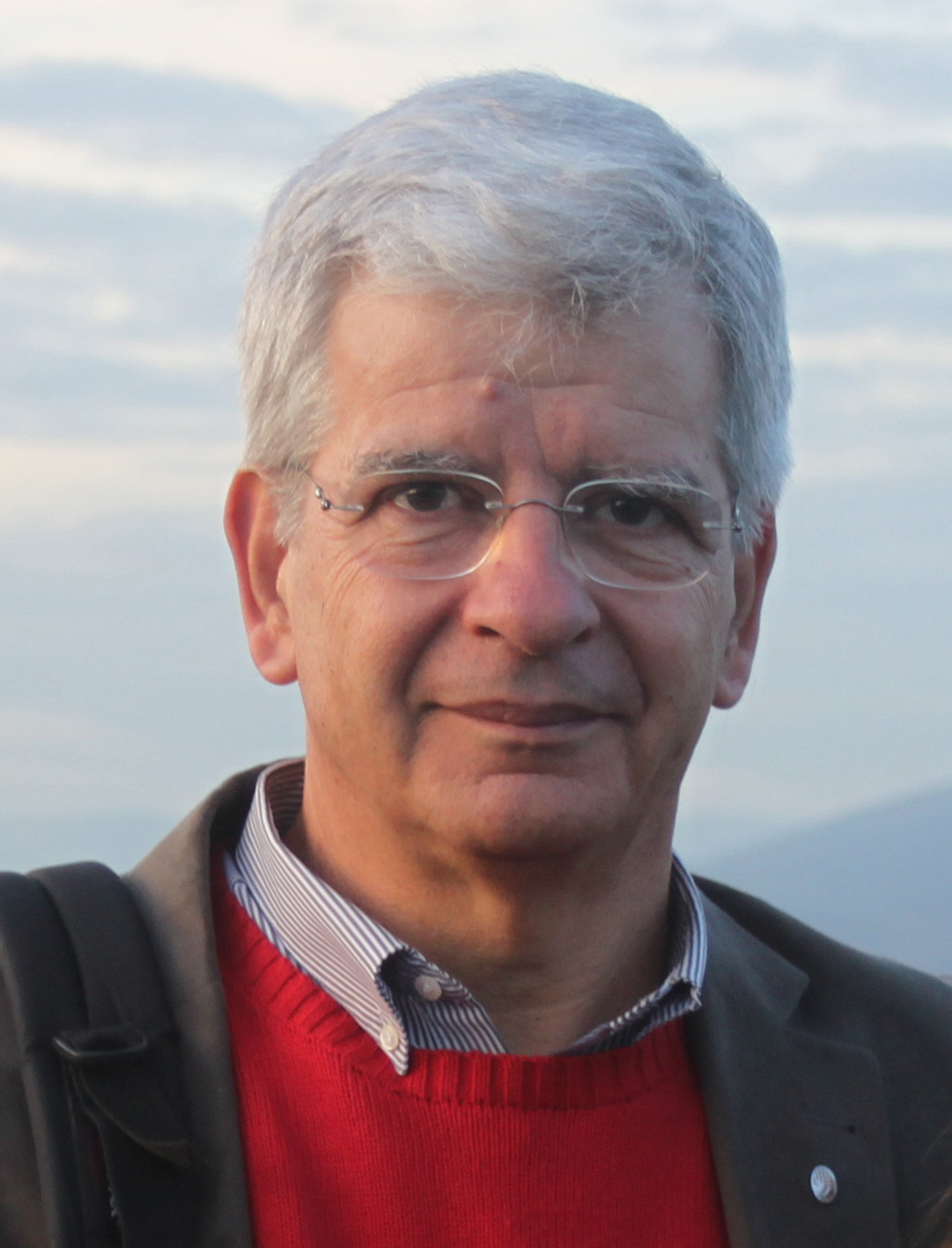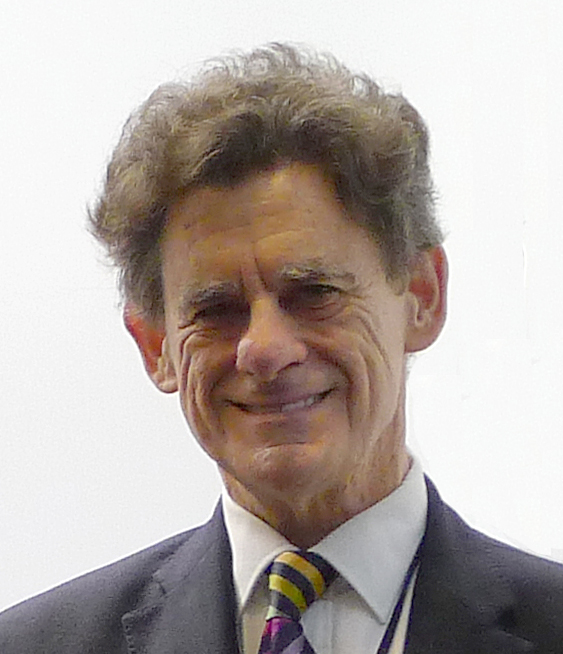Plenary Talks
Plenary Talk I
Title : Contemporary digital technologies at the service of Cultural Heritage
Date : 19-12-2016

Prof. Andreas Georgopoulos
Laboratory of Photogrammetry
School of Rural & Surveying Engineering
National Technical University of Athens
Bio: Dr. Andreas Georgopoulos is Professor of Photogrammetry in the School of Rural & Surveying Eng. of NTUA. He
graduated from the School of R&S Engineering (1976) and obtained a Diploma (1977) and an MSc and later (1981)
a PhD in Photogrammetry from University College London (University of London), where he first taught
Photogrammetry for one year. Since 1985 he has been elected as Faculty member of NTUA and teaches
Photogrammetry courses and in addition courses on Metrology, Photographic Data Acquisition, Monument
Surveys etc. He has been director of the Laboratory of Photogrammetry since 1996 and has served as Vice Head
(1998-2002) and Head (2002-2006) of the School and Vice-President of the NTUA Research Committee (2006-
2010). Since 2005 he is elected Executive Board member of CIPA-Heritage Documentation, he served as Secretary
General (2011-2014) and since 2015 he is President.
Since 1985 he has participated in all research projects of the Laboratory of Photogrammetry concerned with
Photogrammetry, Architectural Photogrammetry and Monument Recording, Digital and Analytical
Photogrammetry and cadastral applications. He has been instructor and organizer in numerous international
Conferences, Seminars and Workshops. Since 2010 he is Visiting Professor in the RLICC (Catholic University in
Leuven) Postgraduate Course for Monument Preservation, Visiting professor to the Cyprus Institute (STARC) and
CUT.
He has published more than 180 scientific articles in conference proceedings and peer reviewed journals on
subjects concerned with Photogrammetry, geometric recording of Monuments, Digital Photogrammetry and
automation techniques. His research interests focus mainly on geometric Recording of Monuments using
contemporary techniques.
Contemporary Digital Technologies at the Service of Cultural Heritage
Abstract : Cultural Heritage Documentation is an obligation of all civilized countries and a well-established obligation to present and future generations. Contemporary technological advances, i.e. digital achievements, have helped a lot to this end. In this presentation, these technological advances are briefly presented and explained. Especially for the domain of documentation and conservation of Cultural heritage their impact has been significant. It is attempted to show how these advances may help Cultural Heritage if applied correctly and wisely. The argument is not how they will replace traditional documentation or conservation methods, but how they will support, enhance and supplement them for achieving the desired result with sensitivity and knowledge. The available digital documentation techniques are described along with the contemporary non-destructive techniques for cultural heritage pathology diagnosis and conservation. These techniques include image based methodologies for producing three dimensional models of which traditional two dimensional products may be extracted, laser scanning techniques to acquire directly three-dimensional information from the object, Nondestructive techniques to diagnose pathology problems etc. In addition, it is very important to implement suitable software solutions to process the data acquired and extract useful information from them. To highlight these techniques, several examples are presented. Finally, an outlook is attempted, in order to envisage the path that the implementation of these technological advances will lead the worldwide effort to document and preserve our cultural heritage.
Plenary Talk II
Title : Visual Realism and Digital Representation of Surfaces
Date : 19-12-2016

Prof. Lindsay MacDonald
Faculty of Engineering Sciences
University College London
Bio: Lindsay MacDonald is a Research Fellow at University College London (UCL), in the fields of photogrammetry and engineering metrology. He obtained his B.Sc. and B.Eng. degrees from Sydney University and worked for 20 years in developing colour image reproduction systems for the graphic arts, for which he holds 15 US Patents. Since 1995 he has been Professor at three different English universities, and is currently Visiting Professor of Image Science at the University of Westminster. He obtained his Ph.D. from UCL with the title 'Realistic Visualisation of Cultural Heritage Objects'. He is editor of eight books, including 'Digital Heritage: Applying Digital Imaging to Cultural Heritage' (Elsevier, Oxford, 2006). His passion is for colour in all its aspects, and he is Secretary/Treasurer of the International Colour Association (AIC)
Visual Realism and Digital Representation of Surfaces
Abstract : Digital technologies enable heritage objects to be documented visually to a level of detail never before possible. Not only two photographic images at many scales but now also three-dimensional object forms can be captured through laser scanning and photogrammetry. Yet visual realism remains elusive, not only in terms of fidelity of the digital representation (closeness to original) but also credibility of the rendering (conformance to real-life appearance). For many purposes it is not necessary to have a true 3D model, but a means of creating the illusion of 3D. A notable example is in reflectance transform imaging (RTI) where many different images of an object are captured in pixel register from the same viewpoint, each illuminated from a different direction. This provides a much richer representation than a single image, and has many applications in cultural heritage for the digitising, display and analysis of objects that are flattish with surface relief, such as coins, medals, fossils, rock art, incised tablets, bas reliefs, engravings, canvas paintings, etc. The image sets can be used in three ways: (1) visualisation by interactive movement of a virtual light source over the enclosing hemisphere; (2) 3D reconstruction of the object surface; (3) modelling of specular highlights from the surface and hence realistic rendering.


